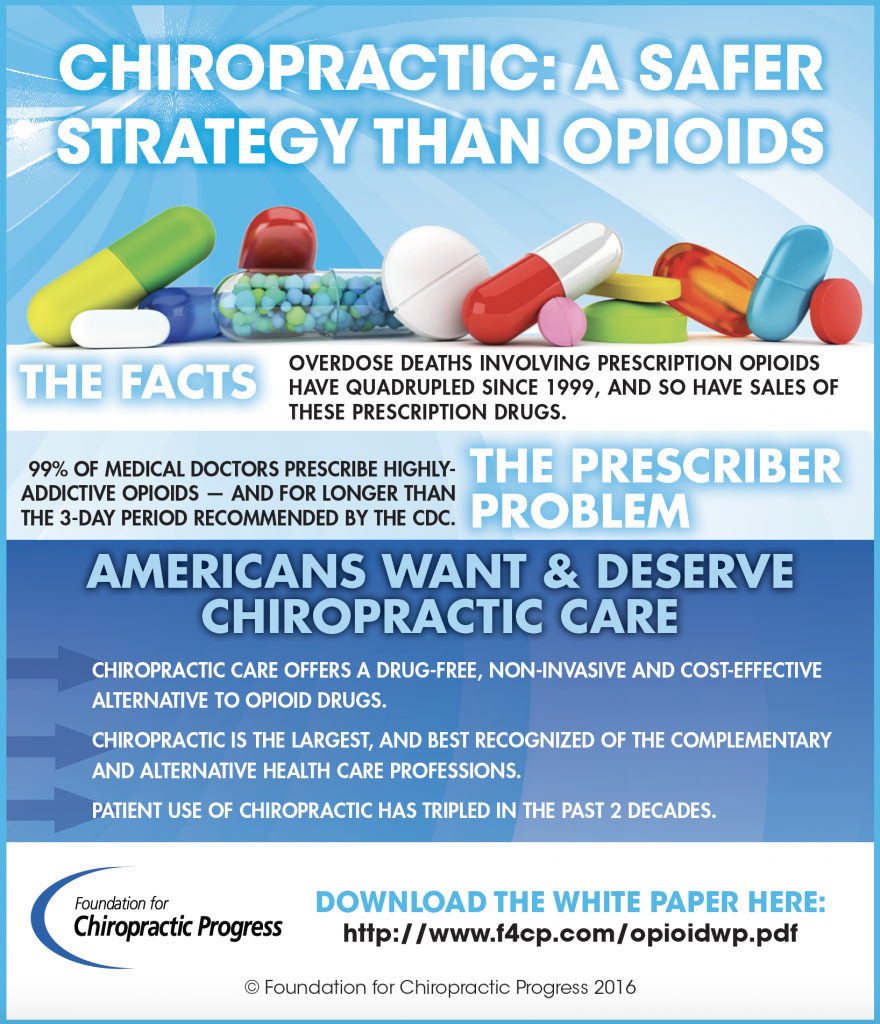As you check out the world of cold laser treatment, you'll uncover a realm of possibilities for discomfort relief that is both fascinating and efficient. The innovative approach of using light to address numerous disorders could simply be the key to opening a brand-new degree of comfort and healing for you. So, why not discover just how this non-invasive therapy is reshaping the landscape of discomfort monitoring and offering hope to those seeking all-natural treatments for their discomfort?
Recognizing Cold Laser Therapy
To comprehend cold laser treatment, you need to grasp the essential concepts behind this non-invasive treatment technique. Cold laser therapy, additionally known as low-level laser treatment (LLLT), makes use of certain wavelengths of light to interact with cells. The light energy permeates the skin and is soaked up by cells, activating a series of organic reactions. These reactions aid advertise recovery, minimize swelling, and minimize pain.
The key to comprehending cold laser treatment hinges on its ability to promote mobile feature. When the light energy is absorbed by cells, it enhances their metabolic process and speeds up the manufacturing of ATP, the power source for cells. This boost in cellular task can result in boosted blood circulation, tissue fixing, and discomfort relief.
Conveniences of Cold Laser Therapy
Using specific wavelengths of light, cold laser therapy supplies a range of benefits for discomfort alleviation and recovery. One of the vital advantages of cold laser treatment is its non-invasive nature. Unlike surgeries, cold laser treatment doesn't require incisions, making it a safer and much more comfy option for numerous patients.
Furthermore, cold laser therapy is understood for its capacity to lower inflammation. By targeting irritated locations with concentrated light energy, the treatment aids to lower swelling and promote much faster recovery.
Moreover, cold laser therapy is a prominent option because of its minimal adverse effects. Unlike some medicines that can cause unfavorable reactions, cold laser treatment is gentle on the body and generally well-tolerated. This makes it a suitable choice for individuals trying to find an all-natural and low-risk discomfort relief remedy.
An additional considerable benefit is the quick recuperation time connected with cold laser therapy. Because the treatment promotes the body's natural recovery processes, patients frequently experience rapid renovations in their problem without the requirement for extended downtime.
Conditions Treated With Cold Laser
Cold laser therapy successfully deals with a range of conditions ranging from musculoskeletal injuries to persistent discomfort. For bone and joint injuries like sprains, stress, and tendonitis, cold laser treatment can help reduce swelling, alleviate discomfort, and promote tissue fixing. It's also advantageous for dealing with arthritis by lowering joint discomfort and rigidity.
Furthermore, cold laser therapy can assist in quickening the recovery process for injuries and injuries by enhancing circulation and advertising cell regeneration.
https://www.chiroeco.com/photobiomodulation-benefits/ as fibromyalgia, neuropathy, and lower back pain can also be effectively taken care of with cold laser therapy. The treatment functions by targeting the source of discomfort and causing a biochemical waterfall that lowers discomfort level of sensitivity and inflammation.
Additionally, problems like carpal tunnel syndrome, TMJ conditions, and plantar fasciitis can take advantage of the pain-relieving and anti-inflammatory effects of cold laser therapy.
informative post , cold laser treatment is a safe, effective, and non-invasive treatment choice for discomfort relief.
With its ability to advertise recovery, reduce inflammation, and minimize pain, this cutting-edge therapy uses a natural and low-risk option to surgeries.
Whether you're managing persistent discomfort, sports injuries, or arthritis, cold laser treatment can give relief and improve your quality of life without the requirement for invasive interventions.
